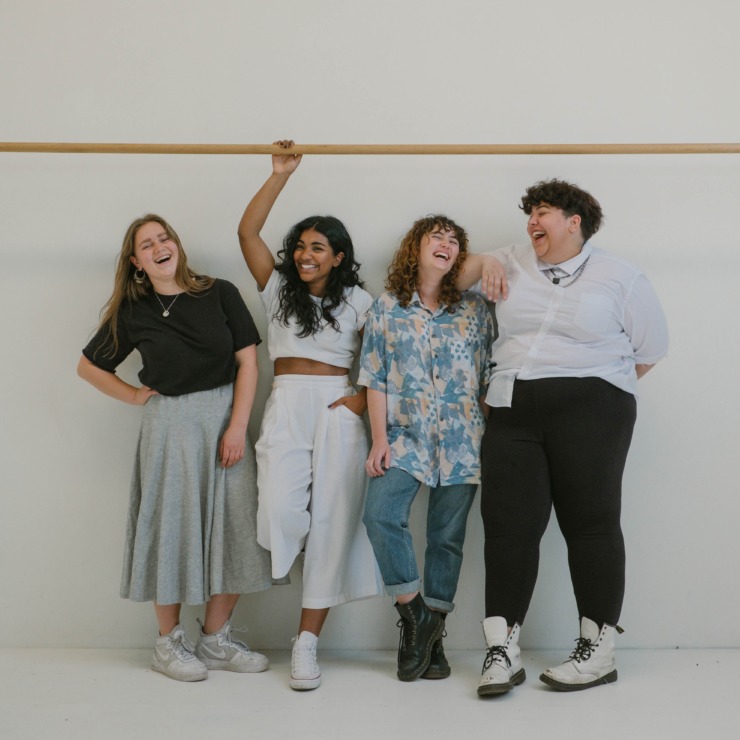Yesterday, ASOS announced it would buy four iconic brands from the ailing Arcadia group. Could the purchase make Topshop, Topman, Miss Selfridge and HIIT the Gen Z brands of tomorrow? We think so.
As quickly as those renowned doors of Topshop on Oxford Street closed, another door opened. With Arcadia plunging into administration, Online eCommerce platform, ASOS, swooped in, purchasing not only Topshop and Topman, but Miss Selfridge and HIIT, too. ASOS chief executive told journalists that ASOS felt like a “natural owner” for the four brands, elaborating that he felt the brands “sit naturally on the ASOS platform”.

While this could be the end of an era for Topshop as we know it, it’s likely to be the start of a different path for these former Arcadia brands. Millennials grew up purchasing Topshop, Topman and Miss Selfridge – but could Asos be the key to propelling them in front of Gen Zs?
In the first edition of our Youth Brand Affinity Tracker, ASOS left the competition trailing behind. It was the brand that the Gen Z students we surveyed had the greatest affinity for – one-third of students plan to buy something from ASOS within the next three months, compared to 17% that had Topshop products on their shopping lists.
If Topshop, Topman and Miss Selfridge are the UK’s legacy fashion brands, ASOS is firmly in the country’s future. The eCommerce platform has made the marketplace model work – much aligned with Gen Z’s wardrobes, it sells luxury labels alongside affordable fashion, giving young fashionistas the capabilities to mix and match.

However, its status as an online marketplace isn’t the sole reason behind ASOS’s success as a Gen Z brand. Gen Zs may be digital natives – but during pre-pandemic times, you could fully expect them to mix IRL shopping with digital browsing.
Now, with physical shops currently closed across the UK, online shopping has gone from being an option to the default. Scrolling through ASOS – with 850 brands and a full range of styles, products and price ranges – has become the lockdown equivalent of heading to the shops. 75% of young consumers say they’ve increased or maintained their online shopping habit since lockdown began.
ASOS works because it mixes the best of both worlds. It’s taken the best elements of in-person shopping and rendered them in a digital landscape. Twice last year, ASOS trialled Augmented Reality try-ons – effectively launching virtual changing rooms which allowed browsers to see how items would fit on a model of their body type.

Then, by launching its Style Match feature, it allowed users to reverse image search for items across its database – a perfect conduit to browsing for this app-first generation. Couple that with TikTok ads, a student discount and a marketplace brimming with second hand and vintage buys, and ASOS have clearly mapped the route to Gen Zs hearts.
For now, it certainly looks like Topshop and its sibling brands have found a worthy home over on ASOS. Only when shops do begin to reopen – and the new normal resumes – will the gaps in the high street start to emerge to consumers. It will be the ultimate test for ASOS – and other eCommerce brands – as to whether online shopping can truly replace in-person browsing for the next generation of consumers.
Asos isn’t the only brand living rent-free in Gen Z’s bookmarks tab. Check out the other brands that scored highly in their eyes by visiting our Youth Brand Affinity Tracker.














